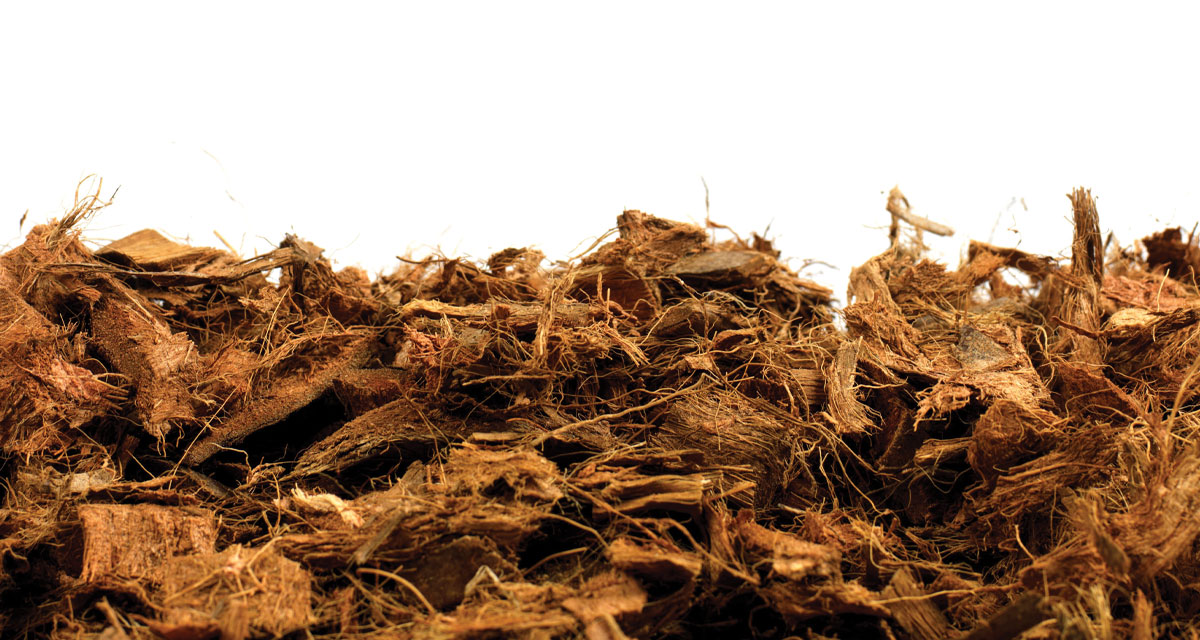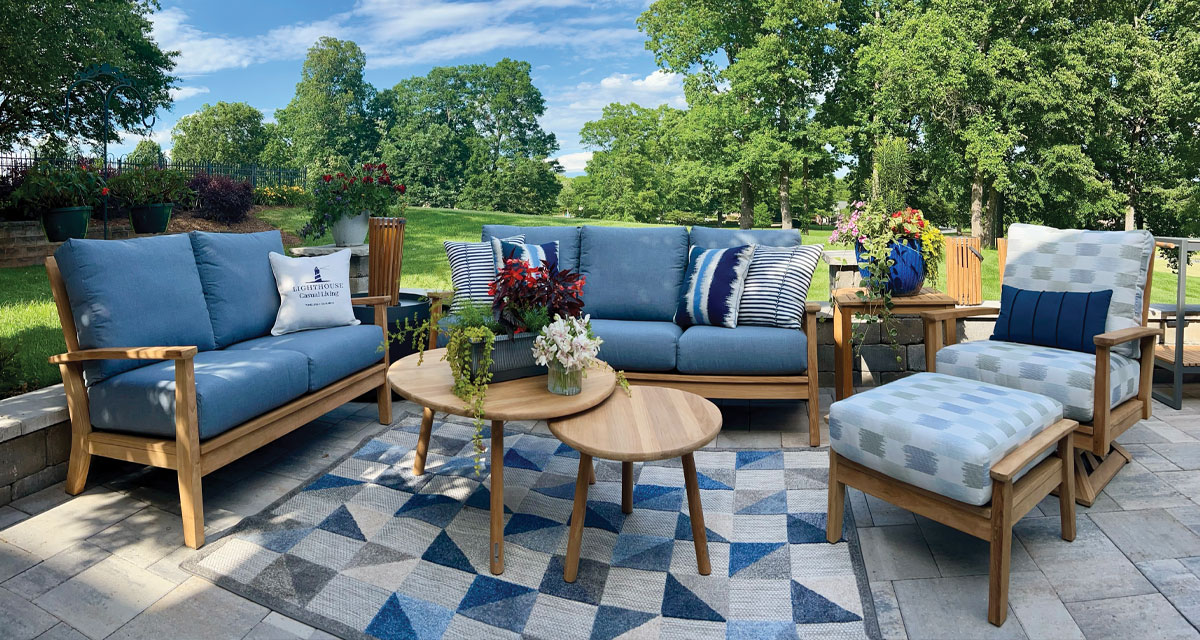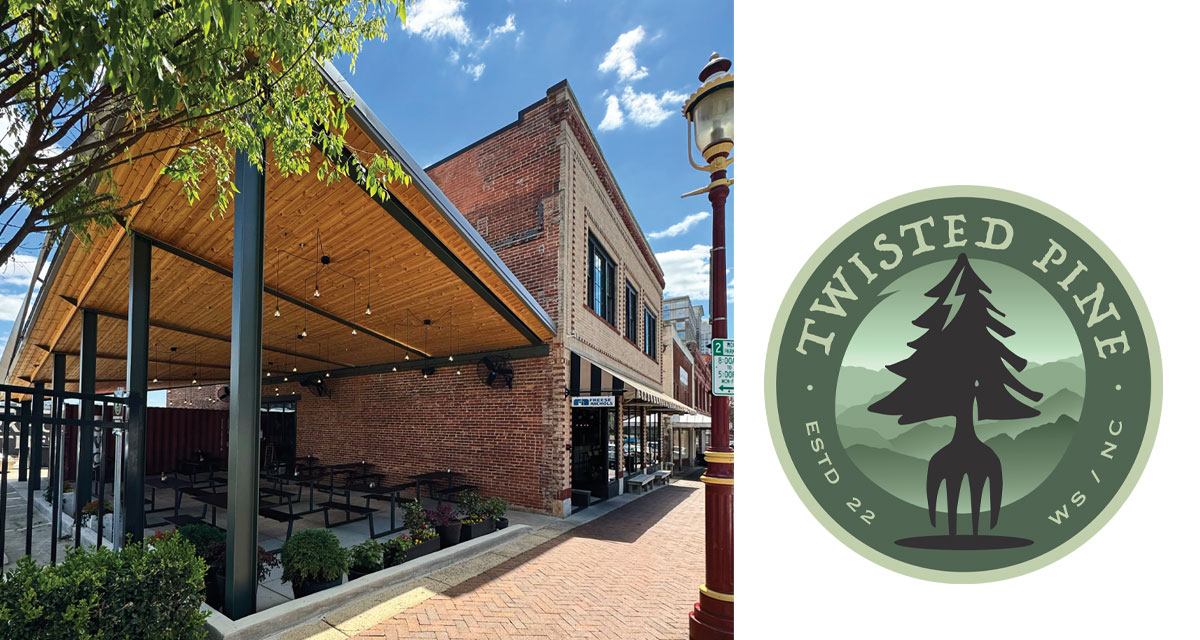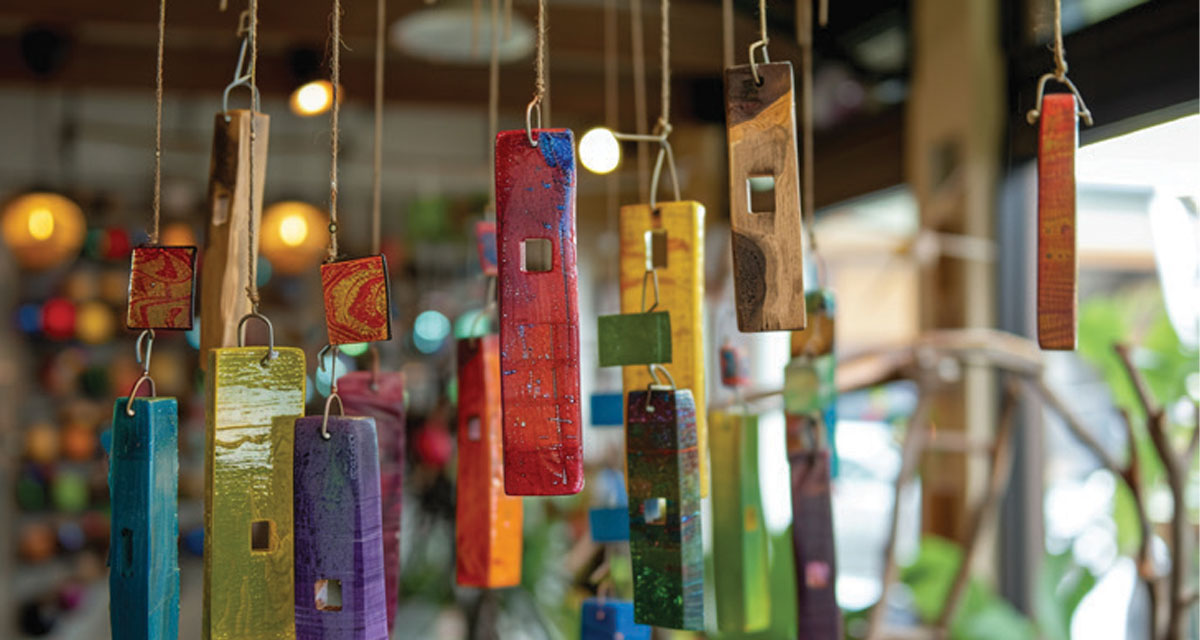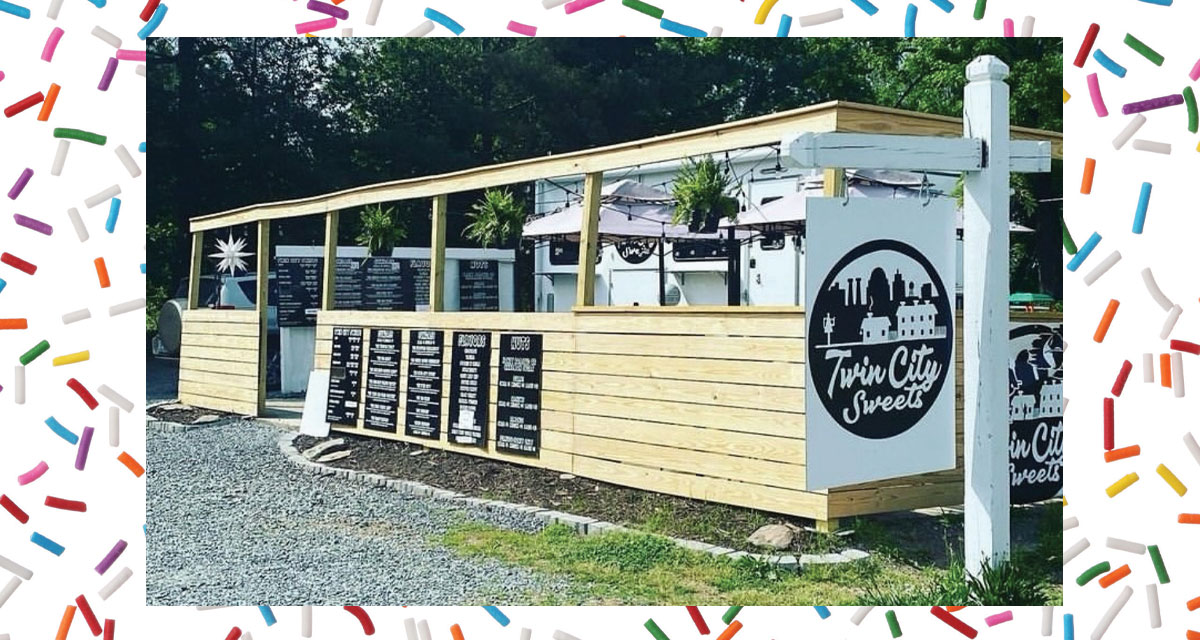In mid to late spring, homeowners engage in the annual routine of applying a biodegradable ground layer to suppress weeds, retain the soil’s moisture, prevent heavy frosts, and, ultimately, create an eye-catching landscape. Perhaps, you have a delivery service, a truck for easy hauling, or purchase tens of bags or bales, but always need more! Whether bark, pine straw, grass clippings, or newspaper, each material adds a unique purpose and distinct value to the soil.
Before Mulching
Bark mulch is a popular low-cost investment. The brown or red nuggets boost texture and add consistency to a walkway or flower garden. Well-kept mulch, if watered regularly, can take years to decompose fully. It’s not wise to apply annual layers; instead, woody mulches require time to deposit minerals and vitamins to improve the soil. Before applying a new layer, check the status of the decomposition process.
Types of Mulch
As you consider an option to beautify your landscape, consider your goals. Do you want a ground cover to impact the soil’s quality or foliage by changing or neutralizing pH levels?
Bark Mulch: As a durable ground cover, woody mulches come in a wide variety of colors, textures, and densities.
- Cedar bark contains oils to naturally alleviate insects and pests from your fruit or vegetable gardens. Only add a two-inch depth and rake excess layers surrounding each plant.
- Pine Bark is perfect for small trees, shrubs, or containers since it contains nutrients to help plants thrive. Consider buying a combination of pine and spruce bark mulch! Decomposition occurs after two years.
- Homeowners seeking to enhance their yard in rich, red unfading tones select Hemlock bark; but, first, check to determine whether your plants will thrive in acidic soil. It’s undoubtedly a good choice for fruit and vegetable plants.
Pine Straw: Unlike most mulches, bales of pine straw are easy to handle and distribute, protecting shrubs and trees. Consider applying the nitrogen-enriched straw, roughly at minimum three inches deep. Use freely on slopes to shield landscapes from erosion or shielding plants from harsh weather conditions. Perhaps not a long-term impact; yet, while deterring weeds from sprouting, pine needles eliminate the task of fertilizing!
Grass Clippings and Leaves: Nature offers beneficial gifts. Rather than throw them to the curb, consider using its resources wisely. Each blade of grass has three essential minerals – nitrogen, phosphorous, and potassium – which boosts soil values.
- Add equal parts of dry grass clippings and shredded leaves to a raised bed or garden. (Be wary of adding clippings from the early spring season; it may include weeds that will transfer to your garden.)
- Recycle the nutrients in a composter.
Newspaper: Many gardeners won’t toss their weekly newspapers into recycling; instead, two to ten sheets often serve to protect vegetable plants against weeds, frost cycles, and cold nights. As an inexpensive moisture barrier, it’s a viable option to use in early spring and year-round. As a secondary layer of protection, use straw!
The Layering Impact
Needing more space to plant a large crop, consider improving the soil between the rows of fruit trees or blueberry bushes. Start with a layer of well-conditioned soil; then, cover with layers of straw, then mulch, and repeat. After a few years, imagine the enriched environment for watermelon, cantaloupes, or pumpkins to thrive. Don’t wait!
Rocks and Stones
Enhancing the soil isn’t always the main focus when choosing a mulch. Remember, it’s a ground cover. When poor drainage or shaded locations prohibit grass from growing, alternatives include a decorative feature, such as using large rocks with water-loving or drought-tolerant plants. Stone and rock-themed landscapes ideas found online may ignite the possibilities in an unexpected spring project!
When reaching out to a landscape company, take time to ask questions about the variety of mulches available. You’ll want to know about its age and quality, preferring glass and weeds are not part of the purchase. And, while needing the right mulch for your project, ask what’s new. The response may alter your decision.
Lisa is an N.C State Cooperative Extension Master Gardener Volunteer and a state certified beekeeper.

